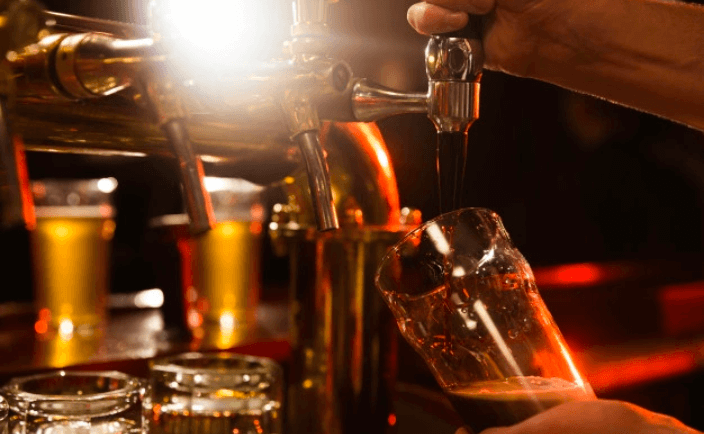Hazardous gases occur in many environments, including the food and beverage industry.
However, there is often a lack of awareness about the dangers of carbon dioxide (CO2) and the dangers to people working in the industry.
CO2 is the most common gas used in the food and beverage industry because it is used to carbonate drinks, propel beverages to the tap in pubs and restaurants, and keep food items cold during transportation by using dry ice.
It is also naturally produced in beverage manufacturing processes by leavening agents like yeast and sugar. While CO2 may seem harmless, as we exhale it with every breath, and plants need it for survival, the presence of carbon dioxide becomes a problem when its concentration rises to dangerous levels.
The dangers of CO2
Carbon dioxide occurs naturally in the atmosphere (typically 0.04% in air). Colourless and odourless, CO2 is heavier than air, and tends to sink to the floor. It collects in cellars and at the bottom of containers and confined spaces, such as tanks or silos.
As CO2 is heavier than air, it quickly displaces oxygen at high concentrations, and can cause asphyxiation due to a lack of oxygen or breathable air.
Exposure to CO2 is therefore easy, especially in a confined space like a tank or a cellar.
Exposure to high levels of carbon dioxide can cause dizziness, headaches, and confusion, followed by loss of consciousness.
Accidents and fatalities occur in the food and beverage industry due to a carbon dioxide leak. Without proper detection methods and processes in place, everyone at a facility could be at risk.
How gas detection can mitigate these risks – and protect workers
Any application that uses carbon dioxide puts workers at risk.
Gas detection can be provided in both fixed and portable forms.
Our channel partner Crowcon’s fixed gas detectors are suitable for larger spaces, such as plant rooms, to provide continuous area and staff protection 24 hours a day.
Portable detectors are suitable for worker safety in and around the cylinder storage area, and in spaces designated as a confined space. This is especially true for pubs and beverage dispensing outlets for the safety of workers and those unfamiliar with the environment, such as delivery drivers, sales teams or equipment technicians.
Portable units can be easily clipped to clothing and will detect pockets of CO2 using alarms and visual signals, indicating that the user should immediately vacate the area.
Personal gas detectors continuously monitor the air in workers’ breathing zone, and provide better awareness and the information they need to make smart decisions in the face of danger.
Not only can gas monitors detect carbon dioxide in the air, but they can alert others if an employee is in danger. Carbon dioxide can be monitored using a single-gas monitor or by using a multi-gas monitor with a dedicated carbon dioxide sensor. It is important to note the carbon dioxide can escalate to dangerous levels before an oxygen sensor would alarm.
As a channel partner for Crowcon gas detection products, and as part of our Process & Pressure Safety solutions, Teksal Safety sources and supplies a range of gas detection solutions that meet diverse applications and requirements.
For more information about our gas detection products or any of our industrial safety solutions and services, email sales@teksal.com.au.



